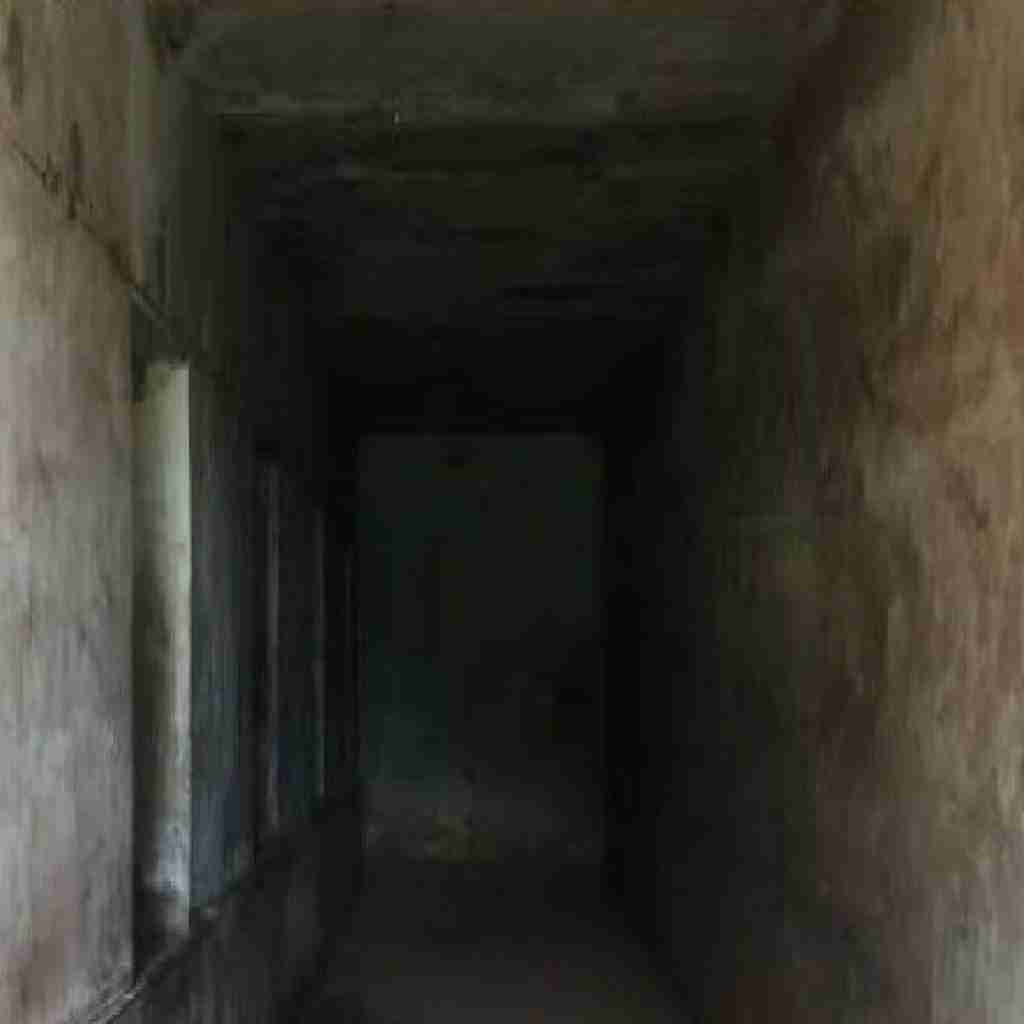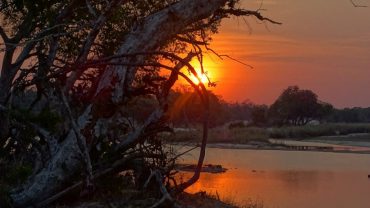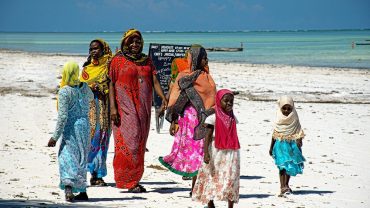Fu chiamato “il macellaio”, “il cannibale”, “il furore”. Era Idi Oumé Amin Dada, un generale militare che prese il potere in Uganda nel 1971 e divenne uno dei dittatori più crudeli in Africa. In 8 anni ha compiuto i peggiori crimini di guerra e le azioni più violente contro i civili mai registrati in Uganda. Oltre a questa terribile fama, oggi la sua vita, i luoghi in cui visse sono attrazioni turistiche. Soprattutto il bellissimo palazzo dove era solito torturare i suoi prigionieri. Questo palazzo, tuttavia, era il palazzo reale degli antichi re ugandesi. È nel quartiere di Mengo, a Kampala.
A proposito di Amin Dada
Amin Dada non ha mai permesso a nessuno di scrivere della sua vita, quindi oggi abbiamo pochissime notizie su di lui. Probabilmente è nato nel 1924 o nel 1925, in una piccola città chiamata Koboko. Alcuni dicono che sia stato educato come islamico nella scuola musulmana della sua città natale, altri dicono che abbia frequentato una scuola della Missione Cristiana. Quello che sappiamo per certo è che è entrato nell’esercito coloniale britannico nel 1947 ed è stato un soldato in Kenya per molto tempo.
Ha combattuto molte battaglie ed è diventato un ufficiale molto prima di tornare a casa in Uganda, negli anni Cinquanta. Come generale ha avuto un ruolo importante durante la guerra per l’indipendenza ed è diventato un giovane generale negli anni Sessanta. Nel 1971, con l’aiuto di molte nazioni straniere – tra cui Israele – riuscì a sostituire il primo ministro Obote e divenne l’uomo più importante dell’Uganda. Prese il pieno potere, abolì le elezioni democratiche e tentò di invadere le nazioni vicine (Kenya, Sudan, Tanzania).
Dada ha iniziato le persecuzioni contro i suoi nemici politici, i non africani ei poveri con lo stesso comportamento crudele. Nel 1979 le stesse nazioni che lo avevano aiutato a prendere il potere combatterono contro di lui. Fu costretto all’esilio in Arabia Saudita dove morì nel 2003.

Palazzo di Amin Dada
Il palazzo dove visse e governò Amin Dada è il Palazzo di Kabaka, a Mengo, Kampala. Questo palazzo fu costruito nel 1885 dal re Daniel Mwanga 11 della tribù Buganda, che governò il Paese prima dell’arrivo degli europei. L’architettura, tuttavia, assomiglia molto a quella di un palazzo reale europeo perché il re amava la cultura occidentale. Si compone di due edifici (il secondo aggiunto nel 1922) e di quattro porte principali, ognuna con su scritta una regola specifica per la vita quotidiana di re e regina.
Non lontano dal secondo palazzo, Amin Dada fece costruire una caserma sotterranea che aveva lo scopo di essere adibita a luogo militare. Inizialmente era previsto per la difesa dei palazzi. Ma, durante la guerra personale di Dada contro i suoi numerosi nemici, divenne una camera di tortura.
Cinque celle e una grande stanza erano la struttura principale di questo edificio. Ogni singola cella non poteva ospitare più di 10 persone ma a volte erano costretti a stare lì, tutti insieme, fino a 100 prigionieri. E senza finestre. La grande stanza era il luogo delle terribili torture. Pozze d’acqua e cavi elettrici erano il principale sistema di sicurezza contro la fuga dei prigionieri. Se avessero provato a farlo, sarebbero morti fulminati. In questo edificio sono morte oltre 200.000 persone. I tour moderni mirano a far conoscere ai turisti questa storia e non dimenticarla mai.
Maggiori informazioni sul Palazzo di Amin Dada
Il Palazzo di Kabaka si trova nel cuore della capitale dell’Uganda, Kampala. Si trova sulla circonvallazione di Lubiri ed è facilmente raggiungibile da ogni parte della città. Si trova a 40 km dall’aeroporto internazionale ea 11 km dal Lago Vittoria. Molti tour operator locali organizzano visite guidate specifiche alla camera delle torture di Amin Dada. Il palazzo è aperto tutti i giorni, dalle 8:00 alle 17:00. Il biglietto dovrebbe essere di circa 10 scellini.






Comment (0)